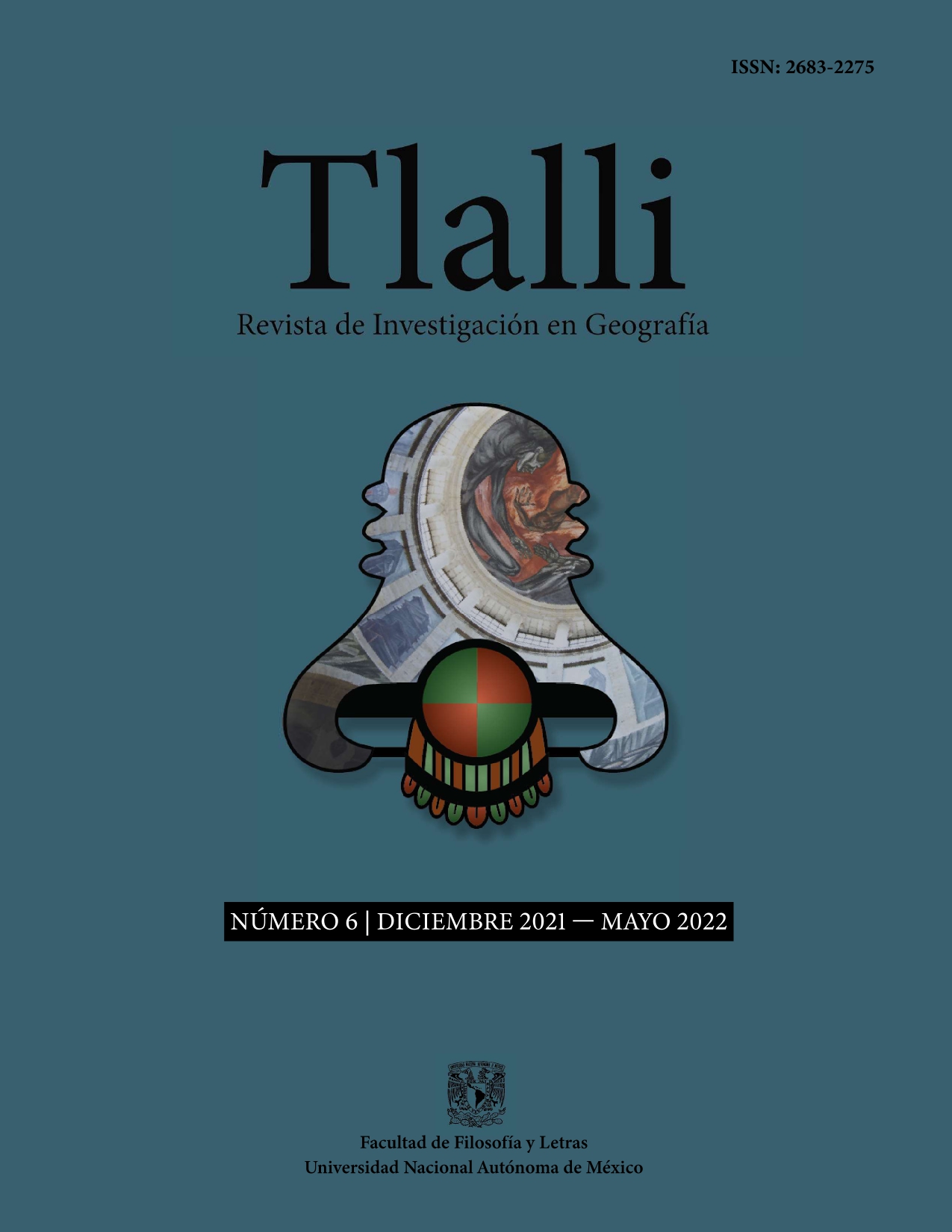World Football Cup Russia 2018: The Production of Space through a Sports Mega-event
Main Article Content
Abstract
Mega-events become a source of analysis and interpretation for geography, considering the actions of the production of sports’ spatiality by way of power relations through local and international elites and the socioeconomic repercussions generated in the cities of the sports venues. The 21st edition of the World Cup held in Russia in 2018 left evidence of the relevance of mega sporting events for the interests of the economic and political power groups. The organizers, who generated spatialities, focused on consolidating their power on a national scale. State and international hegemonic sport organizations strengthened alliances and challenges. In the World Cup, the host country attracts the attention of public and private organizations on a global scale. The Russian government promoted the projection of the image of a developed country with economic progress and international openness, seeking national reconciliation and integration after the fall of the socialist bloc in 1991. This paper aims to understand professional soccer as an object of study associated with various political manifestations which favored both the Russian state bureaucracy in the socialist period (1917-1991) and, later, the governments of the restructuring after the disintegration of the USSR. The global exposure of the host country provided by the mega soccer sporting events was used by Russian elites to showcase their class power, the avant-garde infrastructure of their stadiums and the modernity of their cities, trying to showcase their values, economic achievements, and their new role as a world power.

